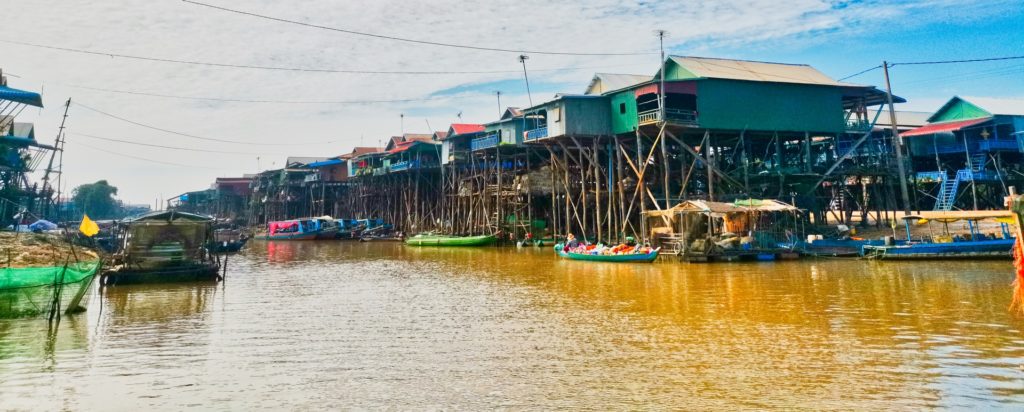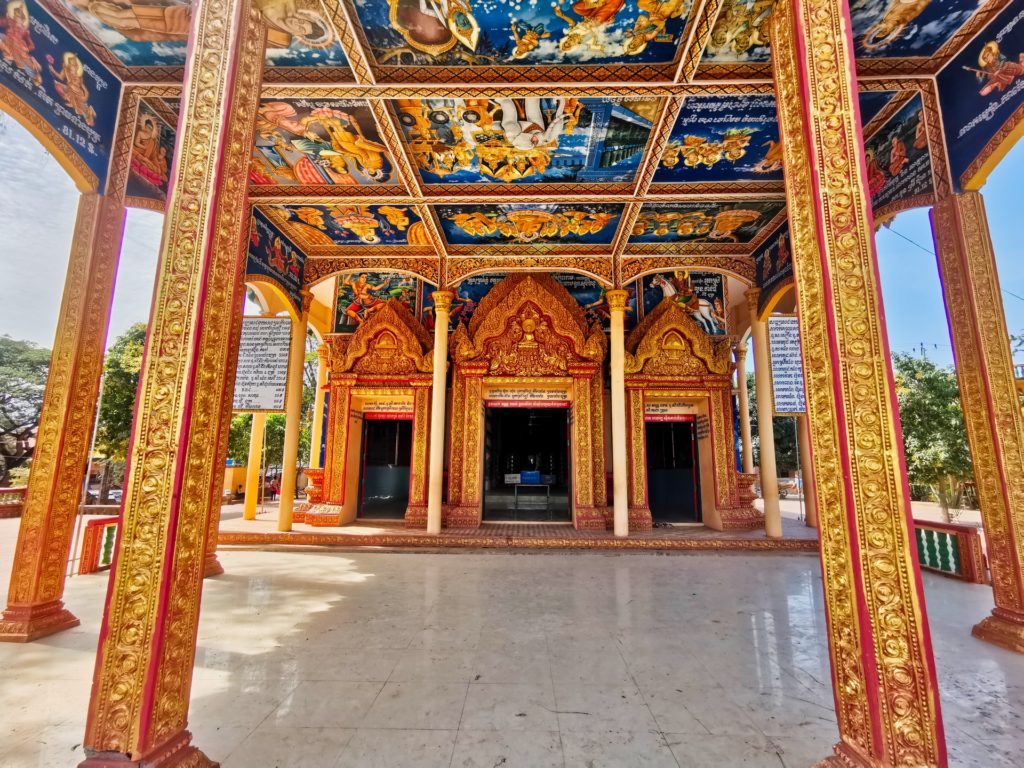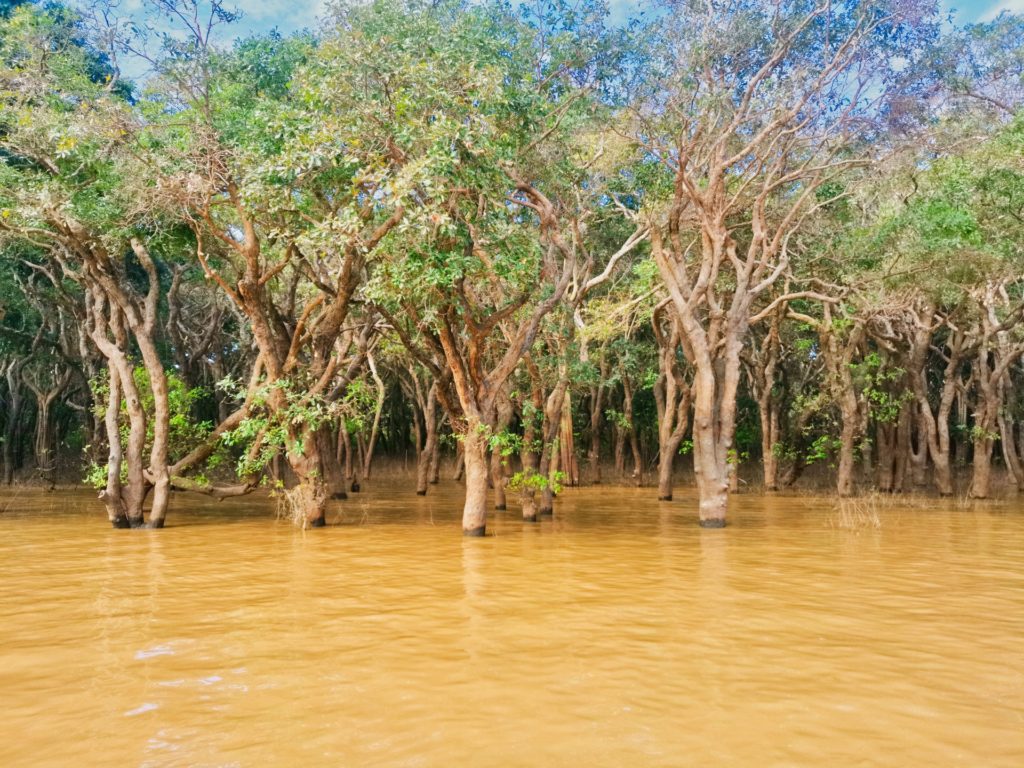Kampong Phlouk – The Floating Villages close to Siem Reap
In the province of Siem Reap is the “floating village” Kampong Phlouk, which enjoys great popularity, especially among tourists due to its structural and cultural uniqueness. The name of the village translates as “port of the tusks” and consists of three groups of villages, namely Dey Krahom, Tnaot Kambot and Kok Kdol.

“Floating Village”: In earlier times, the water level was much higher
Most of the people living there live from fishing, but in recent years the importance of tourism for the nearly 4,000 inhabitants and their life in the villages has increased significantly.
Kampong Phlouk is located directly on the Tonle Sap lake and due to its geographical proximity it can be easily combined with a visit to the Roluos group, which is only about 30 kilometers away.
The common name for Kampong Phlouk as the “floating village” is, by the way, a bit misleading, as the village is actually built on five to six meter high stilts. However, especially during the rainy season (between June and November), when the water level of Lake Tonle Sap is at its highest, it feels to visitors at least as if the village is floating. In the middle of the village there is a small island where the only buildings without stilts are located. There you can also find the sight of the village, a pagoda decorated with beautiful paintings.

Artful temple (pagoda) in Kampong Phlouk
The village in its present form has existed only for a few decades. Originally, there were only a few fishing families in the area of today’s Kampong Phlouk, who had settled in the place around the lake, but did not yet share a common village structure. When the Khmer Rouge took over the government of Cambodia starting in 1975 and introduced a totalitarian regime, this first preform of Kampong Phlouk was also destroyed: the houses of the fishing families were burned down and the inhabitants themselves were relocated to the central work sites. Only after the end of the regime did the families return to the area, which proved to be quite difficult due to the extent of the destruction and the lack of any infrastructure. In the 1990s, aid organizations became aware of the region and noticeably improved the local living situation by building up the road network, establishing schools and refreshing the knowledge of fishing (partly lost due to the prolonged absence), until finally still – slowly but surely – tourism flourished in the area.
Travel video of Kampong Phlouk
To visit Kampong Phlouk a trip by motorboat is required. As an extension, a rowboat ride through the flooded mangrove forests is also offered on site- a unique experience as the forest stretches over 6000 hectares.

Mangrove forest in Tonle Sap